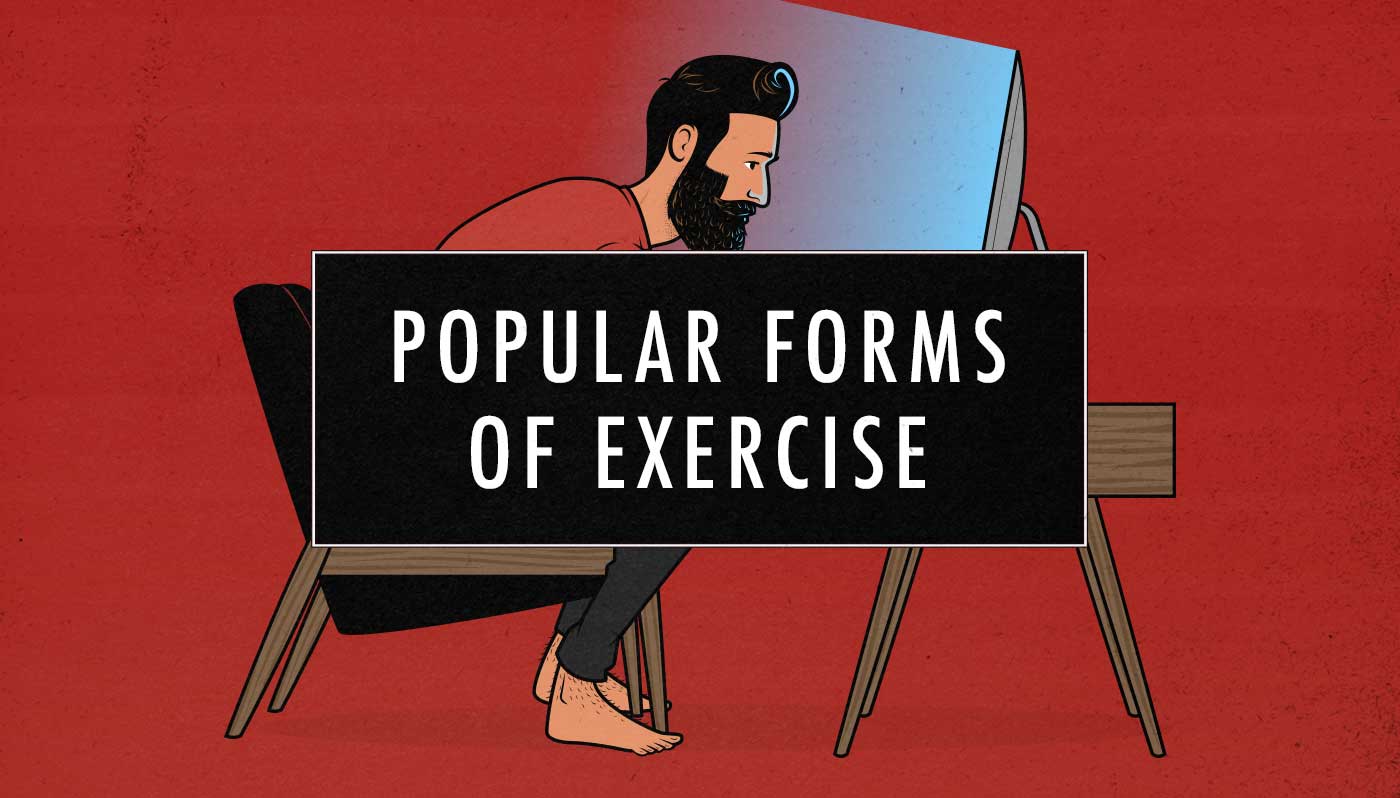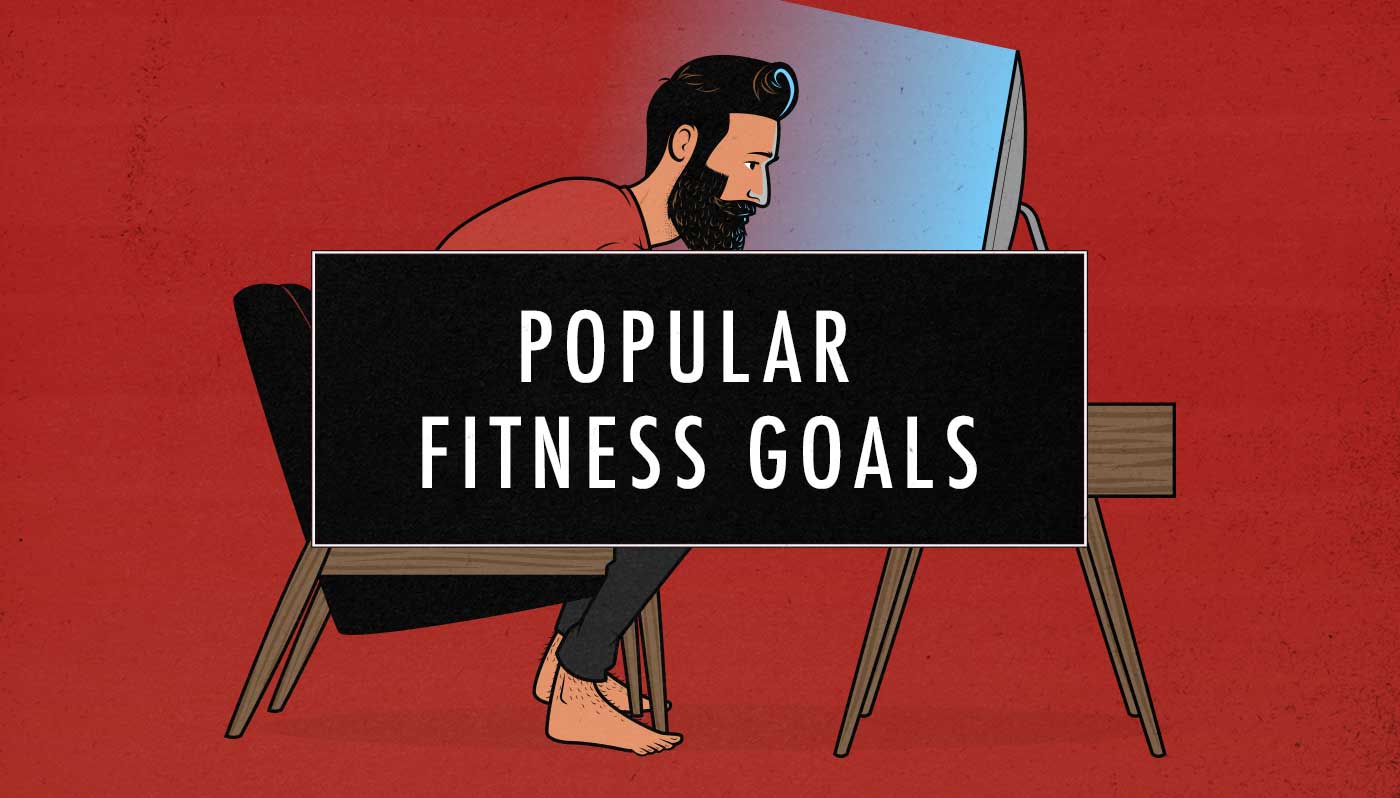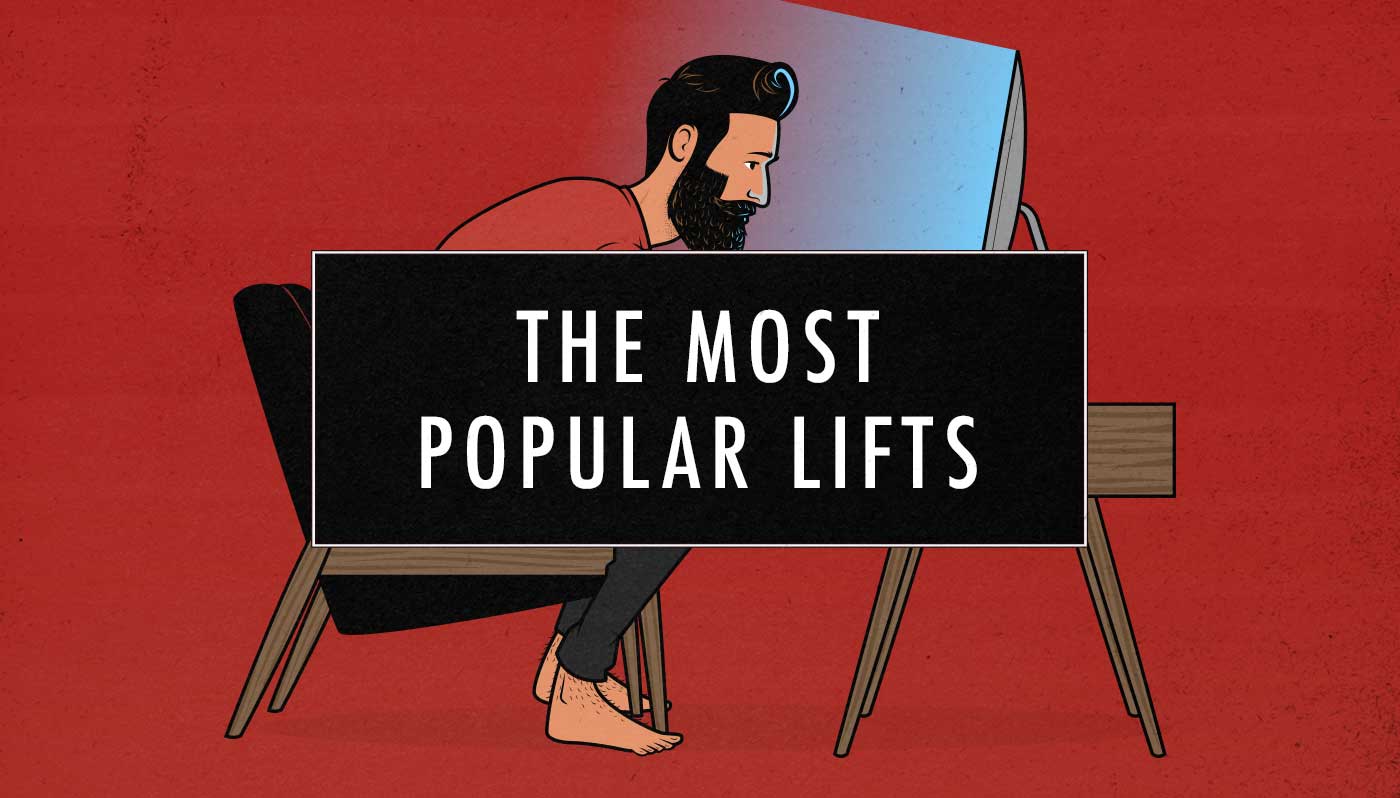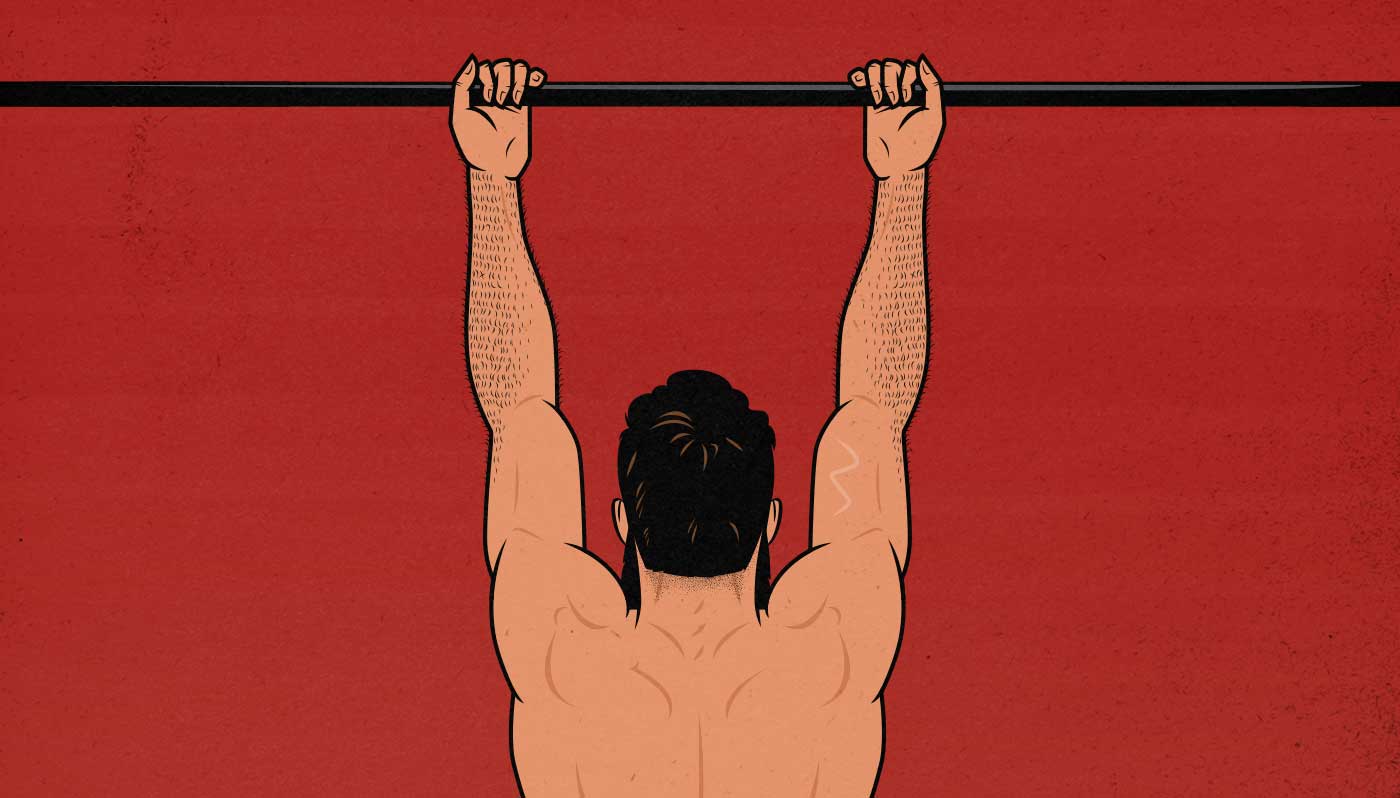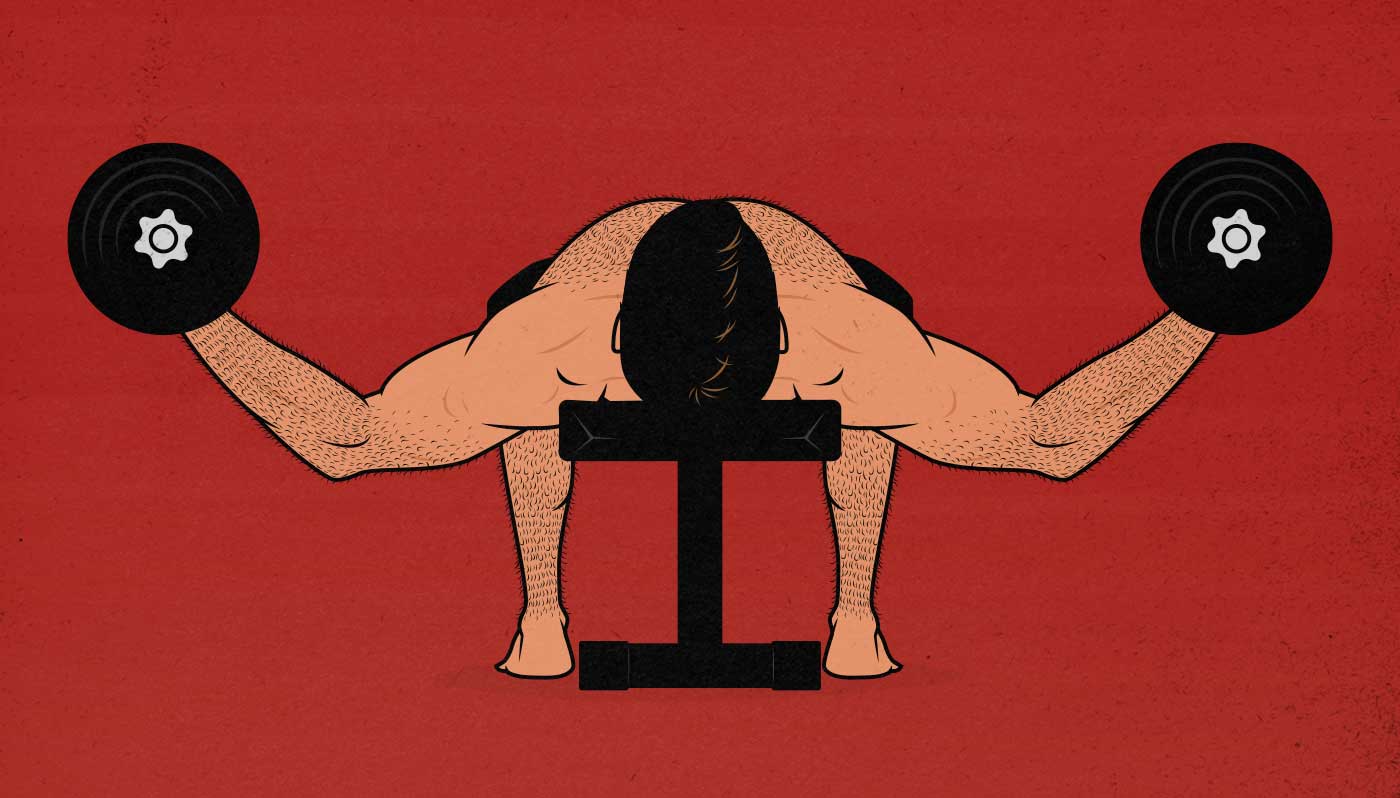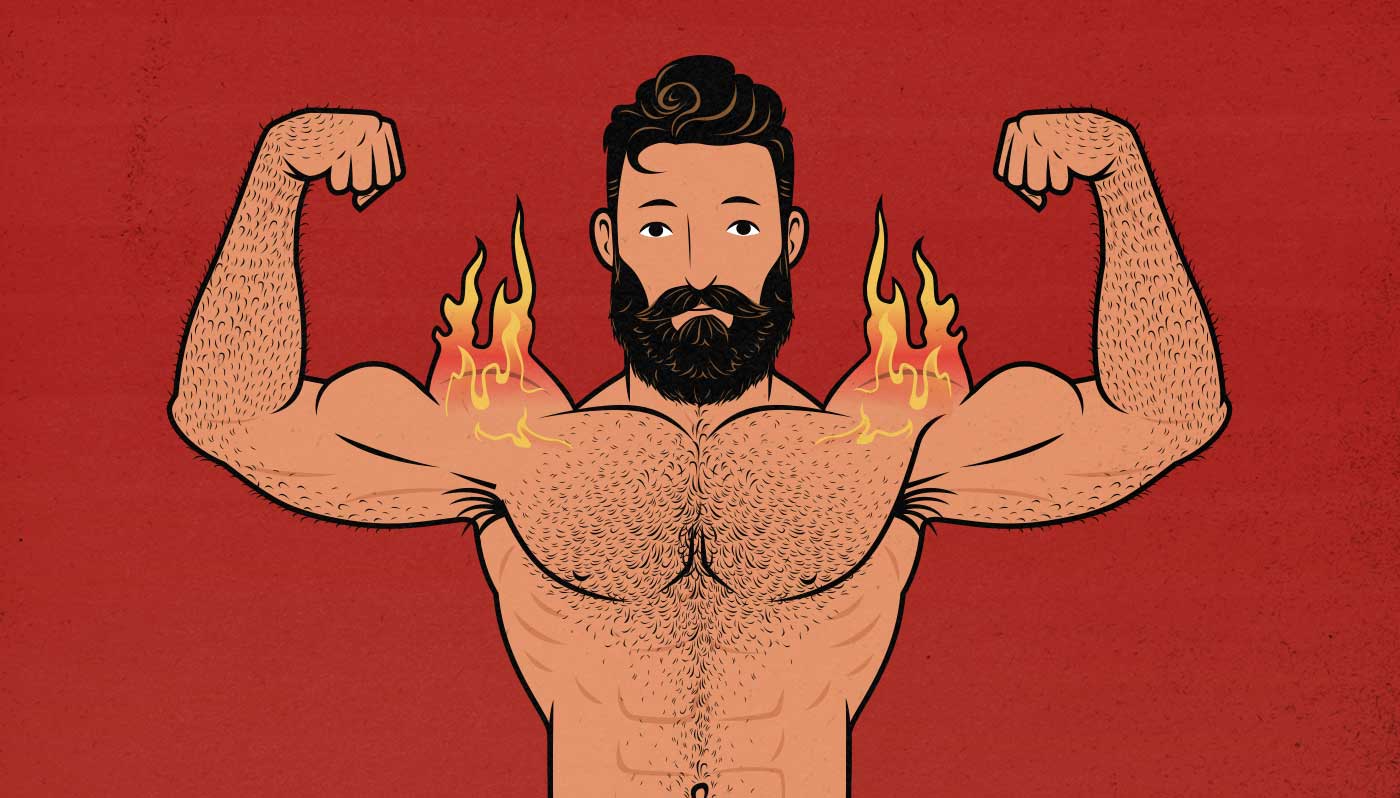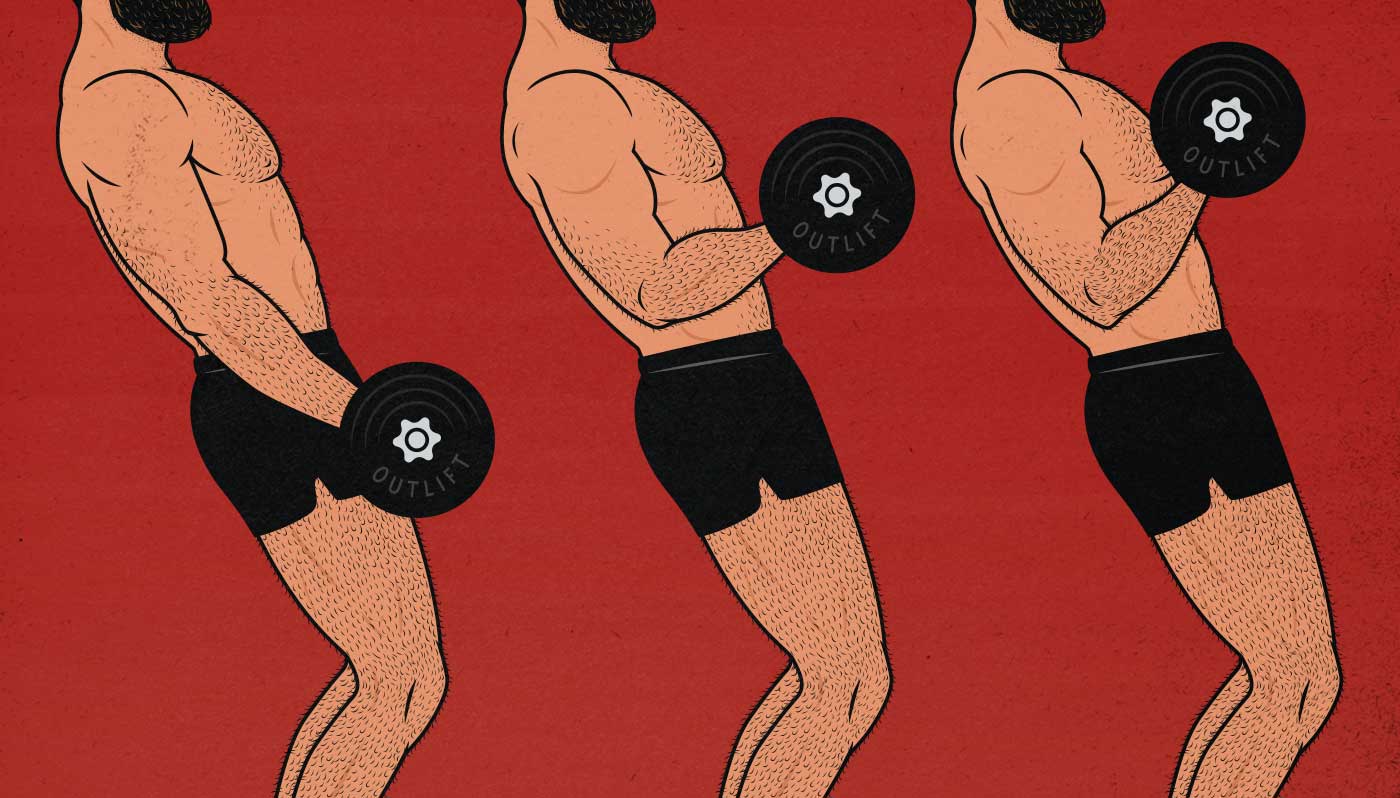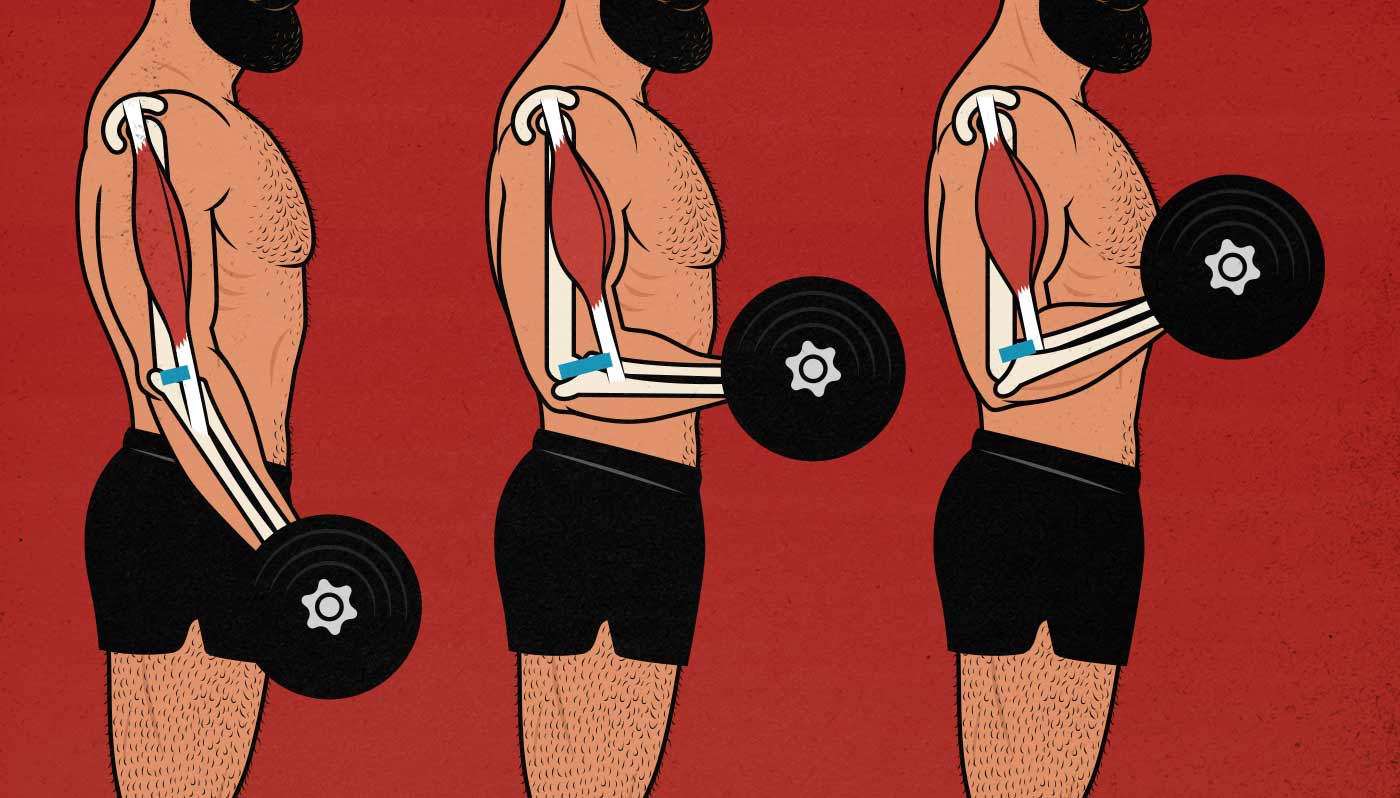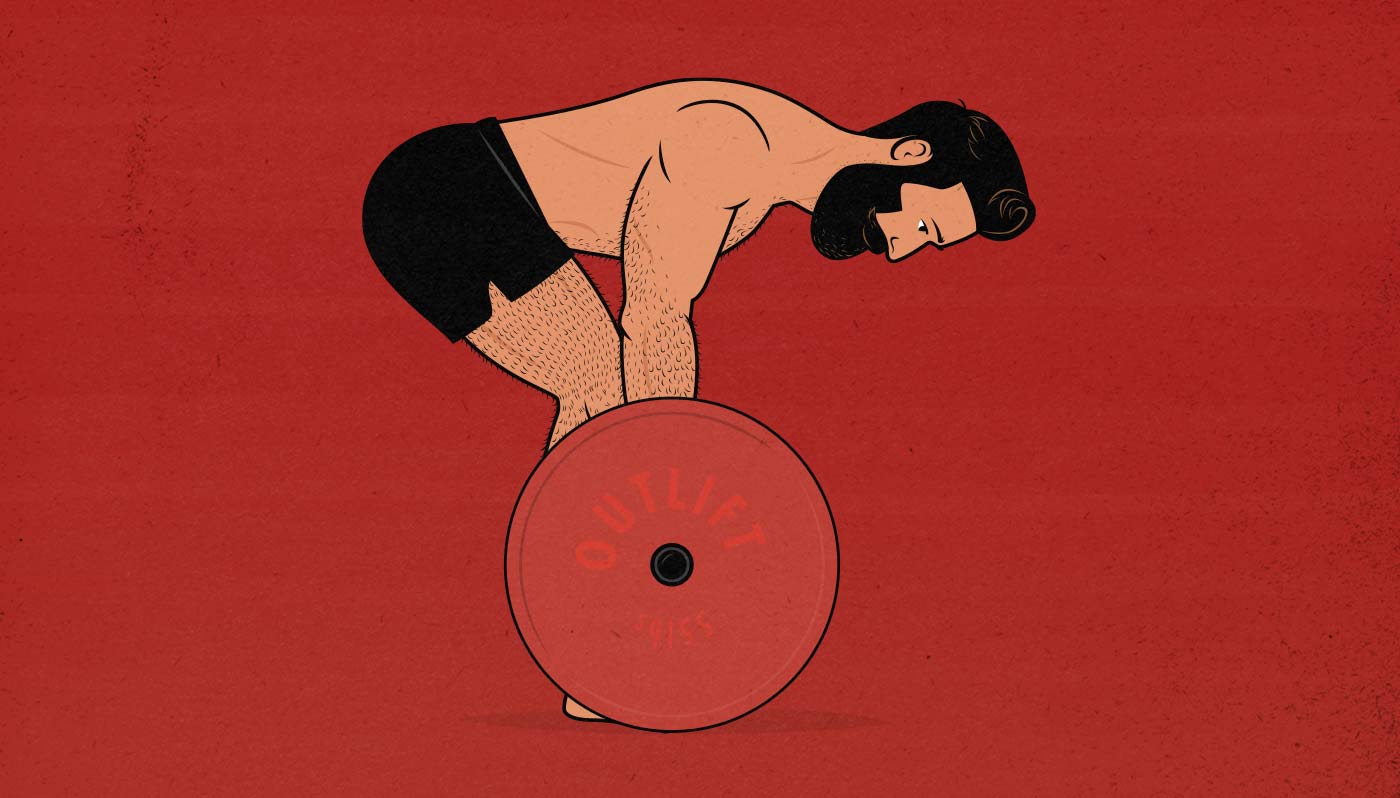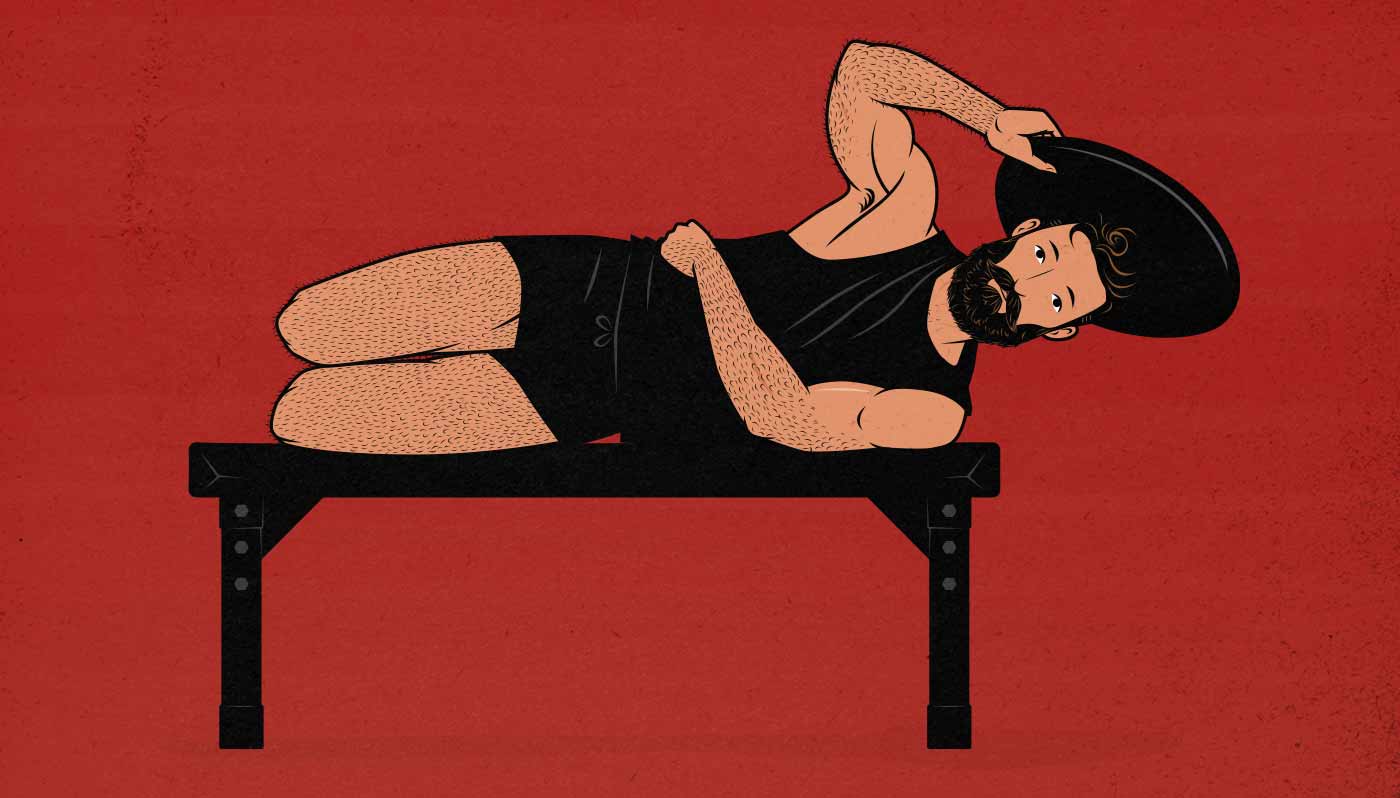Articles
The Most Popular Forms of Exercise (According to Google)
What type of exercise is the most popular? Then, when it comes to lifting weights, which type of weight training is the most popular? Is bodybuilding more popular than CrossFit? Is CrossFit more popular than powerlifting?
Another thing I was curious about is whether more people were interested in training at home or at the gym. And for people training at home, are they more interested in using a barbell, dumbbells, resistance bands, or doing calisthenics?
To answer all of these questions, we can look at Google Trends to see what information people are looking for online.
Delve into the detailsThe Most Popular Fitness Goals (According to Google)
In this article, let’s look at what fitness terms and goals people are searching for. Are people trying to lose fat or build muscle? When they’re trying to build muscle, are they more interested in gaining size or strength? When they’re trying to gain muscle size, which muscles are they most eager to bulk up?
To answer all of these questions, we can look at Google Trends to see what information people are looking for online.
Delve into the detailsThe Most Popular Lifts (According to Google)
Which lifts are more popular? I’d always kind of assumed that with people who are into strength training, squats would be the most popular, but that with people who are more interested in bodybuilding, the bench press would dominate. Is that true? Which is more popular, the bench press or the squat?
Or what about if we compare squats against deadlifts? Both are big strength training lifts that help people gain a profound amount of muscle mass and general strength. And where does the overhead press fit into all of this? It’s one of the best lifts for improving our appearance and upper-body strength.
What about the barbell curl? Hip thrusts? To get to the bottom of this mystery, I looked up Google search trends over the past ten years to compare and contrast the popularity of the various lifts.
Delve into the detailsWhat is Stretch-Mediated Hypertrophy? A Quick Research Breakdown
For at least a few decades, bodybuilders have been known for favouring exercises that challenge their muscles at long muscle lengths. “Go deep and feel the stretch.” For instance, bodybuilders used the pullover to stretch out their lats (and triceps) under load, ostensibly to help them build muscle faster. The mechanisms weren’t known, and the results weren’t proven, but it was a popular idea nonetheless: to gain muscle faster, train your muscles at longer muscle lengths.
Now the research is starting to validate what the best bodybuilders have known all along. A systematic review of 26 studies found that isometric lifts that challenge our muscles at longer muscle lengths stimulate nearly three times as much muscle growth. For instance, holding the bottom position of a dumbbell fly (with our chests stretched) stimulates more muscle growth than holding the top position of a cable crossover (with our chests contracted). This is a bit counterintuitive because the cable crossover gives a better pump and burn. But it’s the deep stretch that actually builds more muscle.
So, why is stretch-mediated hypertrophy so powerful? And how can use it to build muscle faster?
Delve into the detailsThe Dumbbell Fly Versus the Cable Crossover
One of the more common questions we get is whether the dumbbell fly is a good lift for building a bigger chest. Some have heard that the dumbbell fly is dangerous, others have heard that it doesn’t challenge our pecs enough at the top of the range of motion. Not surprisingly then, a lot of people think that the cable crossover is the better variation, given that it challenges our pecs throughout the entire range of motion and isn’t as hard on our shoulders.
Is that true? If you’re trying to build a big chest, is the cable crossover really better than the classic dumbbell fly?
Delve into the detailsThe Best Lifts for Building Broader Shoulders
We’ve already written an article about how skinny guys can build broader shoulders over on Bony to Beastly, including a bunch of neat information about genetics, aesthetics, and hypertrophy training in general.
In this article, I want to talk about how a more intermediate lifter can build broader, wider shoulders. Lifters often have a fairly easy time building bigger front delts from bench pressing and overhead pressing, but it’s common for guys to have trouble building bigger side delts, which is what will make their shoulders broader, giving them a greater shoulder-to-waist ratio.
So in this article, let’s talk about the three best lifts for building bigger side delts and how to get the most growth out of them.
Delve into the detailsThe Sissy Curl: A Barbell Alternative to the Preacher Curl
Our biceps are the limiting factor in even the humblest barbell and biceps curl variations, and so every variation of curl will reliably provoke at least a little bit of biceps growth. The only problem with most curl variations is that they’re relatively easy at the bottom of the range of motion, when our biceps are stretched. This is a problem because that’s by far the most important part of the range of motion for stimulating muscle growth. To make matters worse, the chin-up has the same problem, and underhand rows are even worse.
That’s where the preacher curl comes in. It allows us to fully extend our arms at the bottom of the lift, and it challenges our biceps quite a lot in that stretched position. This makes it a great curl variation for building bigger biceps. Perhaps the best variation of all. As a result, most bodybuilding gyms have a preacher curl station, and many biceps aficionados even buy one for their home gyms.
Fortunately, you don’t need a preacher curl station. In this article, we’ll show you how you can get the benefits of the preacher curl with just a barbell and some body English.
Delve into the detailsMin-Maxing Strength Curves for Hypertrophy
The best way to build muscle is to challenge our muscles through a large range of motion. Lifting through a large range of motion is a good start, but some parts of it might be easy, giving our muscles little resistance, and thus failing to provoke muscle growth. Other parts will be more difficult, giving our muscles the stimulus they need to grow. We call this the strength curve of the lift.
Conventional wisdom says that if a lift is similarly challenging throughout the entire range of motion, then the entire range of motion will stimulate muscle growth, and we’ll build far more muscle with every rep. And there’s some truth to that.
However, it’s not quite that simple, either. Some parts of the range of motion are more important than others. It’s important to choose lifts that challenge our muscles in a stretched position, but not so important for a lift to be difficult at lockout. It can also really help if a lift is heaviest where our muscles are strongest, allowing us to lift more weight through the entire range of motion.
In this article, we’ll talk about resistance curves, the strength curves of our muscles, the strength curves of various lifts, and how to build more muscle.
Delve into the detailsChin-Ups vs Barbell Rows for Back and Biceps Growth
There are two lifts that are generally considered ideal for building our upper backs and upper arms, and both by very different groups. People who are more interested in strength training and powerlifting will often favour the barbell row, whereas people who are more interested in bodybuilding and bodyweight training will often favour the chin-up.
In this article, we’ll compare the range of motion, biomechanics, and muscles worked by both the barbell row and the chin-up, explain the differences, and then go over which one is better for building muscle.
Now, to be clear, we can certainly use both lifts in our workout routines—and we probably should—but it’s interesting to see which back exercise is better for building muscle, and what their different pros and cons are. That way we know which one we should be investing more of our time and energy into.
Delve into the detailsShould You Do Isolation Lifts to Build Muscle?
Isolation lifts, also known as accessory or single-joint exercises, are smaller lifts that are designed to “isolate” certain muscles. It’s a bit of a misnomer. No exercise works just a single muscle group, but isolation lifts can certainly be quite effective at emphasizing certain muscle groups. For example, the barbell bench press is used to gain size and strength in the chest, shoulders, and triceps, whereas the skull crusher is used to emphasize the triceps.
There are two popular ways of training for muscle growth. The first style of training is a descendant of strength training, and it focuses heavily—often exclusively—on the big compound lifts. These are the programs built around the squat, bench press, and deadlift, often with some overhead pressing and barbell rowing added in afterwards. We see this in programs like Starting Strength and StrongLifts 5×5, as well as a number of other popular programs that claim to be good for gaining both size and strength.
The second style of training is popular among casual bodybuilders, and it focuses more heavily on isolation lifts, sometimes at the cost of compound lifts. This is the style of training where people might use the leg press as their main lower-body movement, but will also be doing leg extensions, hamstring curls, and calf raises.
The more popular opinion is that compound lifts are better at stimulating muscle growth, and in a general sense, that’s true—they stimulate more overall muscle growth. But for many of the muscles in our bodies, isolation lifts are better. In fact, some muscles are only stimulated by isolation lifts.
Delve into the details
